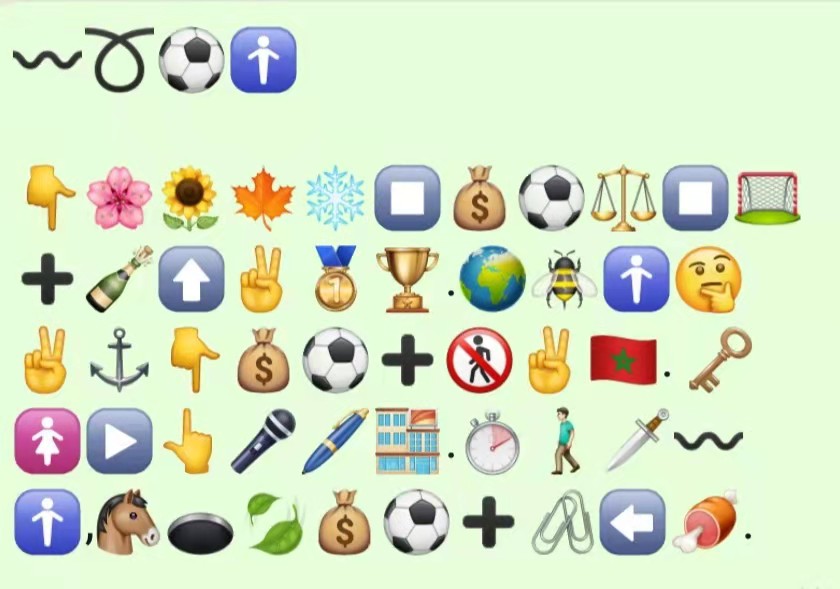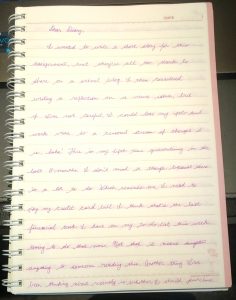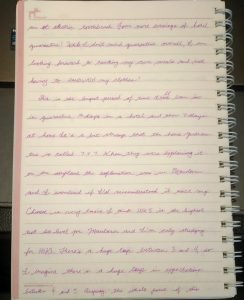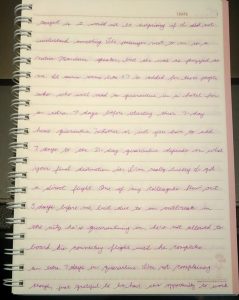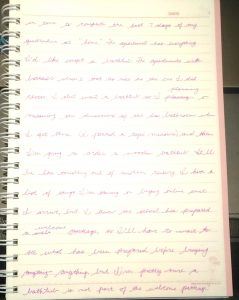Task Reflection
I chose to summarise something recent rather than something that would be easy to visualise. The next choice I made was to start with the title because it felt like a manageable and logical first step. Initially, I tried to turn each syllable into an emoji, but then I asked myself, whose rules am I using? Some languages don’t have articles like the, yet they are able to convey complex and poignant messages. As Bolter (2001) noted, designers can have the freedom to break rules which create trends in typography and visuals, thus pushing printing to “remake” itself in order to stay competitive (p. 49). I found that once I decided to prioritise meaning, it became much easier to find and choose emojis. Kress (2005) describes words as “(relatively) empty entities—in a semiotic account they are signifiers to be filled with meaning rather than signs full of meaning, and the task of the reader is to fill these relatively vacant entities with her or his meaning” (p. 8). While this made it easier for me to depict my meanings, I question whether or not the emoji summary will be understandable since many emojis were chosen based on my role as a viewer of the show’s characters. Is there room for the reader to imbue their own meanings into this emoji text? I don’t agree with Bolter (2001) that typography and design have to compete with each other, but using multiple modes of meaning should keep the audience and trends of thinking in mind. To make the emoji summary easier to decipher, I added some indicator emojis to different types of nouns. Looking back on the task, I wonder if I should have tried to add some repetition to the sentences because lower-primary texts often use repetition to help children learn to read. If I did that, I could have used simpler subject-verb-object sentences and removed extras such as adverbs or sequencers.
References
Bolter, J. D., & EBSCOhost. (2001). Writing space: Computers, hypertext, and the remediation of print (2nd ed.). Mahwah, N.J: Lawrence Erlbaum Associates. http://doi.org/10.4324/9781410600110
Kress, G. (2005). Gains and losses: New forms of texts, knowledge, and learning. Computers and Composition, 22(1), 5-22. http://doi.org/10.1016/j.compcom.2004.12.004
